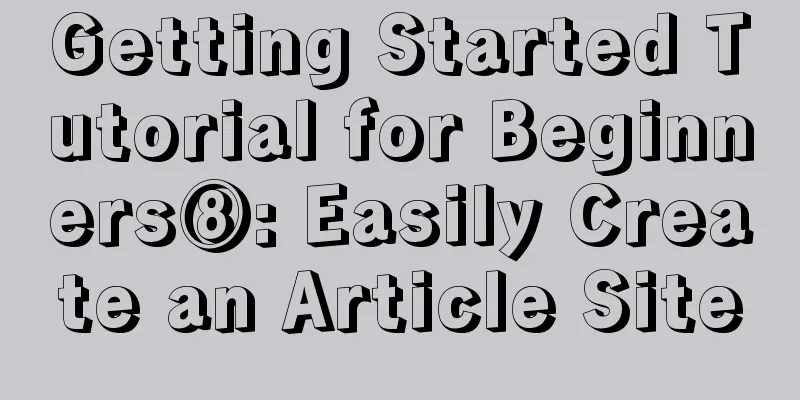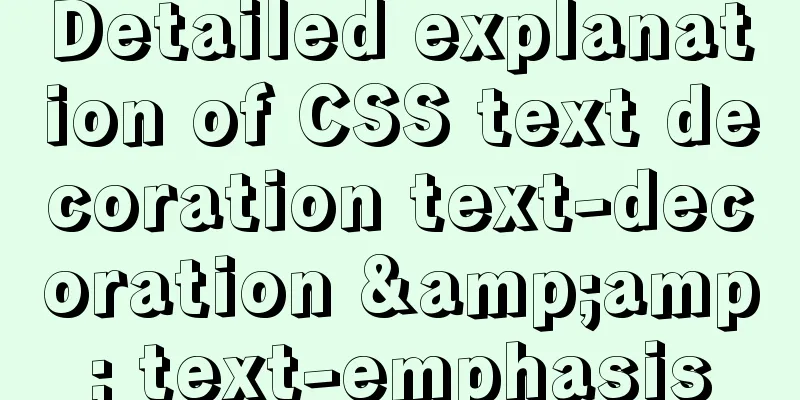On good design

|
<br />For every ten thousand people who answer what is good design, there are at least ten thousand and one answers. Everyone has their own answer, and some people have more than one answer. The teacher said that you must infuse your own thoughts into the design. Only with your own thoughts can your design have soul and be a good design. After working, I found that "if a design only reflects the designer's thoughts, then the design is just like feces." You will feel refreshed after defecating, but others will feel stung; only when the designer designs based on his own ideas will the designer feel refreshed, but others will feel awkward and uncomfortable. These others include bosses, colleagues, and especially users. … When I was working in a design company, my boss said that the design must look good and must be liked by the customers. If the customers don’t like your design, it’s equal to nothing. Design that doesn’t make money is not good design. Later I discovered that any designs that satisfied customers were usually criticized by users when they finally reached the market. Because those customers with beer bellies always have lower taste than his users. When I was at the securities company, the boss told me that the design must be reasonable and rigorous, without any mistakes, the functions must be powerful, and all the operations required on the page must appear reasonably. Later, our product users would not use our audit monitoring system at all without a week of training. Because this system is very powerful and complete. As we find that the functions are increasing, the product architecture is becoming more and more complex. The page content area is getting smaller and smaller, while the auxiliary navigation area is getting larger and larger, and no one is at a loss. The boss is reluctant to streamline, and cannot streamline, because those things are "more or less useful". We dare not even make any reductions because the boss has the final say and we cannot think recklessly. Later, the foreign consultant told us: "Less is more." Design does not require you to put all the functions in front of them, but to meet their basic needs first and dig deeper into their needs. "Of course, when you want it, you can look for it and find it." This is enough. For example, the help information area on the homepage of a website can be found even if it is placed at the bottom of the page, as long as users need it; even if you place it in the middle of the first screen, users will not be able to see it if they don’t need it. It suddenly dawned on me, “It turns out that good design is to hide the unimportant things so that you can find them when you need them.” So, when I started designing, I tried to design based on the "user's usage trajectory". At that time, we didn’t even know what “roles” were, let alone what “scene design” was. This "progress" made me a "senior designer" because my boss found that my designs were always more direct and clear than others, and less complicated. Moreover, I can always give him suggestions on product planning from the perspective of "user use", and many of them are adopted. After leading a team to work on a project, I found that the trick of "hiding the unimportant things" doesn't work at all. I encountered several major problems:
Gradually I concluded that: “Less is more”, it’s not just about “showing” less. Those very proud demands that I discovered from the perspective of "user usage" are actually not worth doing at all. "Under limited conditions, design is about how to better meet the needs of most people." At the same time, with the emergence of web2.0, product iterations are getting faster and faster, and the idea of "removing the redundant" is becoming more and more popular in the Internet field. With the emergence of "2.0 Design" with "simplicity" and "Ajax" as its basic characteristics, a perverted phenomenon has emerged: we are constantly pursuing "can this detail be more user-friendly in interaction", "can this jump window be removed, how about using a pop-up layer",... Many of our so-called "interaction designers" have deviated from the essence of human-computer interaction, and are called "fancy guys" by their peers, and are often even excluded because of too many tricks. Because, tricks always take time. So, one day, after I presented a bunch of “very dazzling interactive effects” and was rejected, I summarized my views on “good design” today: Good design first requires understanding "what problem to solve", then analyzing "what to use to solve it", then designing "how to solve it specifically", and finally, if conditions permit, thinking about "whether this solution can be better". In short, good design is to help users solve problems and obtain commercial benefits with the lowest interaction cost . It has nothing to do with the interaction method, and even less to do with whether it is dazzling. |
<<: MySQL query learning basic query operations
>>: Example code of implementing starry sky animation with CSS3 advanced LESS
Recommend
A brief discussion on the difference between Mysql primary key index and non-primary key index
Table of contents What is an index The difference...
Tips for making HTML emails that can be displayed normally in mainstream mailboxes
Tips for sending HTML emails: Use style to write ...
Let's talk about the two functions of try catch in Javascript
The program is executed sequentially from top to ...
An example of the difference between the id and name attributes in input
I have been making websites for a long time, but I...
How to implement import and export mysql database commands under linux
1. Export the database using the mysqldump comman...
How to implement Docker Registry to build a private image warehouse
The image of the microservice will be uploaded to...
A detailed account of the process of climbing a pit of Docker deployment service
First time writing. Allow me to introduce myself....
Detailed explanation of cocoscreater prefab
Table of contents Prefab How to create a prefab T...
What to do if you forget the initial password of MySQL on MAC
The solution to forgetting the initial password o...
How to set up Spring Boot using Docker layered packaging
The Spring Boot project uses docker containers, j...
Detailed explanation of html-webpack-plugin usage
Recently, I used html-webapck-plugin plug-in for ...
WeChat applet implements user login module server construction
I chose node.js to build the server. Friends who ...
HTML tags: sub tag and sup tag
Today I will introduce two HTML tags that I don’t...
The implementation process of ECharts multi-chart linkage function
When there is a lot of data to be displayed, the ...
Docker container introduction
1. Overview 1.1 Basic concepts: Docker is an open...









